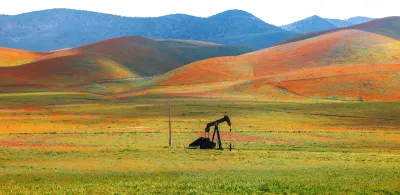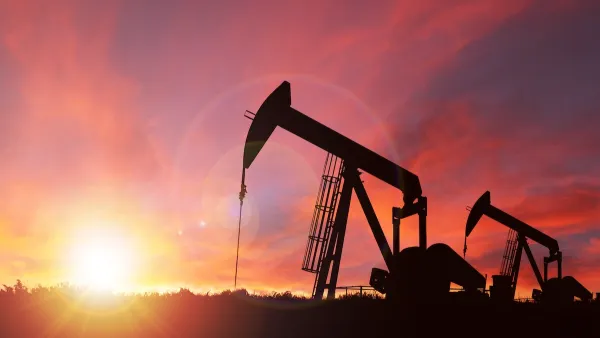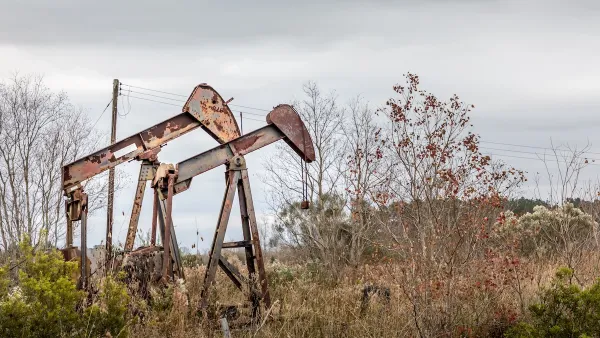Taxpayers, federal agencies, and tribal governments are working to address Arizona's orphaned oil and gas wells, which pose environmental and health risks, while advocates call for greater accountability from oil and gas companies.

Arizona is home to approximately 200 orphaned oil and gas wells, which are abandoned wells with no identifiable owner. These wells leak methane and other pollutants, posing serious environmental and health risks, particularly to nearby communities. They can contaminate groundwater, harm wildlife, and contribute to air pollution. Federal, state, and tribal agencies are responsible for the costly task of locating, capping, and remediating these wells, which are a burden on taxpayers.
Efforts to address orphaned wells include federal funding initiatives like the Biden-Harris administration’s $25 million grant to Arizona’s Department of Environmental Quality (ADEQ) for its Orphaned Oil and Gas Well Program. This program aims to identify and remediate orphaned wells across the state by December 2025, with 80 wells already located and 38 prioritized for plugging. The Navajo Nation has also received $5 million to address 19 wells, alongside a memorandum of understanding with the Department of Energy to further remediation efforts on tribal lands.
Advocates argue that oil and gas companies, not taxpayers, should bear the financial responsibility for plugging orphaned wells. Organizations like the Well Done Foundation emphasize holding companies accountable to prevent reliance on public funds. While the funding helps mitigate immediate risks, lawmakers like Rep. Raúl Grijalva stress that this is not a sustainable solution. The need for systemic reform to ensure companies clean up after themselves remains central to solving the problem.

Analysis: Cybertruck Fatality Rate Far Exceeds That of Ford Pinto
The Tesla Cybertruck was recalled seven times last year.

National Parks Layoffs Will Cause Communities to Lose Billions
Thousands of essential park workers were laid off this week, just before the busy spring break season.

Retro-silient?: America’s First “Eco-burb,” The Woodlands Turns 50
A master-planned community north of Houston offers lessons on green infrastructure and resilient design, but falls short of its founder’s lofty affordability and walkability goals.

Test News Post 1
This is a summary

Analysis: Cybertruck Fatality Rate Far Exceeds That of Ford Pinto
The Tesla Cybertruck was recalled seven times last year.

Test News Headline 46
Test for the image on the front page.
Urban Design for Planners 1: Software Tools
This six-course series explores essential urban design concepts using open source software and equips planners with the tools they need to participate fully in the urban design process.
Planning for Universal Design
Learn the tools for implementing Universal Design in planning regulations.
EMC Planning Group, Inc.
Planetizen
Planetizen
Mpact (formerly Rail~Volution)
Great Falls Development Authority, Inc.
HUDs Office of Policy Development and Research
NYU Wagner Graduate School of Public Service




























